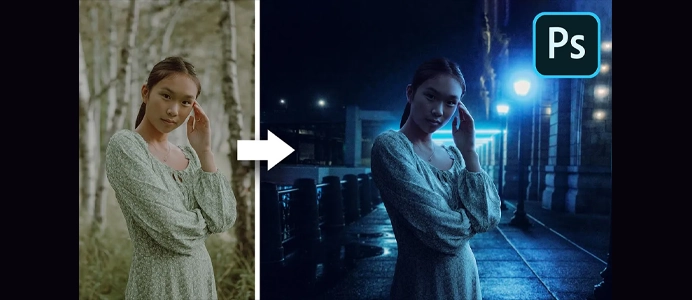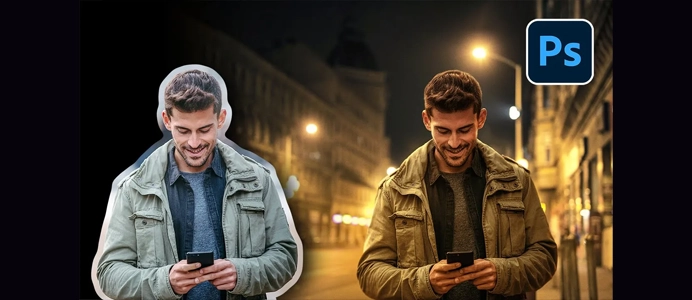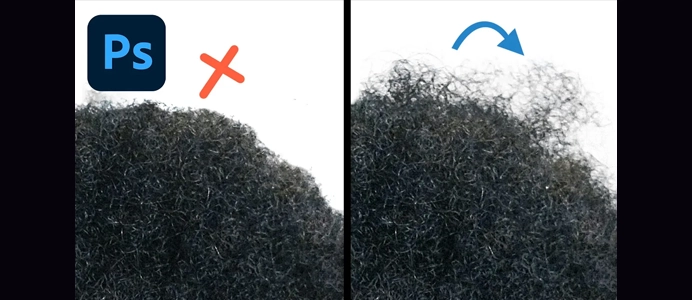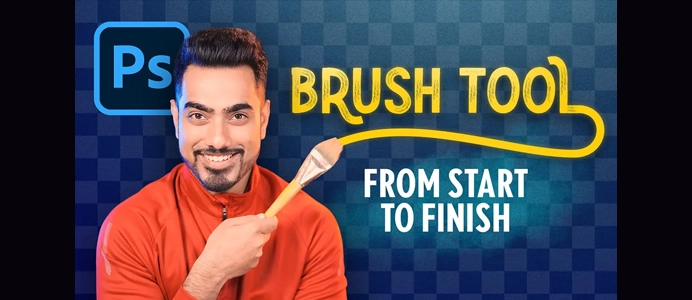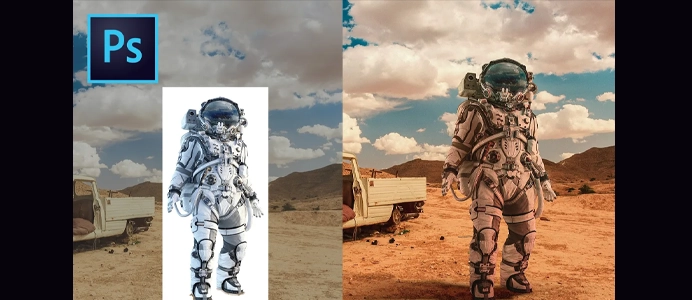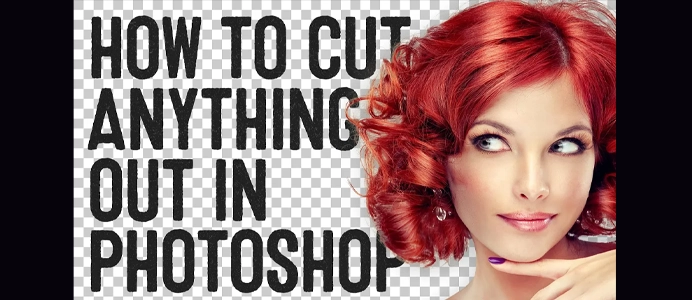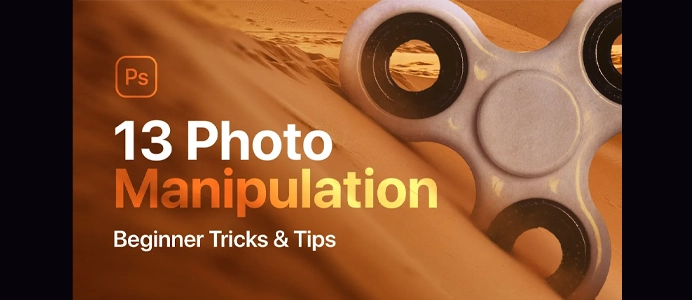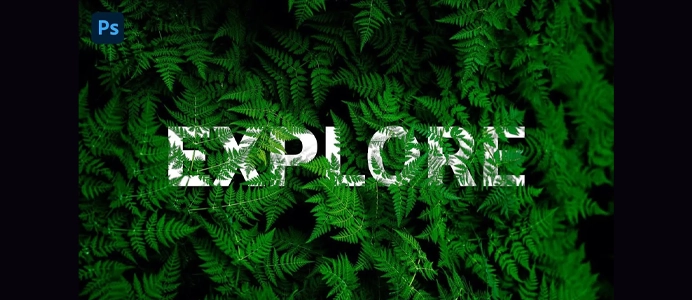How to Create a Typography using Masking Effect
How to create a Typography using Masking Effect:
How to create a Typography using Masking Effect:
Creating a typography poster design with a masking effect in Photoshop involves combining text elements with images, textures, or gradients using layer masks. Here’s a step-by-step guide to help you achieve this:
1: Set Up Your Document
- Open Photoshop:
- Launch Adobe Photoshop and create a new document with the desired dimensions for your poster (e.g., 11×17 inches).
2: Choose Background
- Add a Background:
- Choose a background for your poster. This could be a solid color, a gradient, an image, or a textured layer.
3: Add Text Elements
- Create Text Layers:
- Use the Text Tool (T) to create your typography. Add your desired text elements, choosing fonts, sizes, and colors that suit your design.
- Adjust Text Arrangement:
- Experiment with the arrangement of your text elements. You can use multiple text layers to create hierarchy and emphasis.
4: Introduce Masking
- Duplicate the Background:
- Duplicate your background layer (Ctrl/Cmd + J) to create a copy.
- Clip the Background Copy to Text:
- Move the duplicated background layer above the text layers in the Layers panel. Right-click on the duplicated background layer and choose “Create Clipping Mask” or press Ctrl/Cmd + Alt + G. This makes the duplicated background layer only visible within the text.
5: Apply Texture or Image
- Add a Texture or Image:
- Place a texture or image above the duplicated background layer. This can be a photo, a pattern, or any element you want to use within the text.
- Create Clipping Mask:
- Right-click on the texture/image layer and choose “Create Clipping Mask” or press Ctrl/Cmd + Alt + G. This confines the texture or image to the shape of the text.
6: Refine and Experiment
- Adjust Opacity:
- Adjust the opacity of the texture/image layer to control the blending effect. This creates a subtle integration of the image within the text.
- Experiment with Blending Modes:
- Change the blending mode of the texture/image layer to experiment with different effects. Modes like “Overlay” or “Multiply” often work well for blending textures.
7: Add Additional Elements
- Enhance with Additional Elements:
- Consider adding more design elements, such as shapes, icons, or additional text, to enhance the overall composition.
8: Fine-Tune and Finalize
- Fine-Tune the Design:
- Fine-tune the design by adjusting the colors, contrasts, and any other visual elements to achieve the desired look.
- Group Layers (Optional):
- Group related layers together in the Layers panel to keep your project organized.
9: Save and Export
- Save and Export:
- Once satisfied with the design, save your project file (.PSD) and export the final poster in your preferred format.
Tips:
- Experiment with Masks:
- Use layer masks on text layers to create intricate shapes or patterns within the text.
- Use High-Contrast Textures:
- High-contrast textures or images can create a striking visual impact within the text.
- Play with Typography Styles:
- Experiment with different font styles, sizes, and arrangements to create dynamic and engaging typography.
This process allows you to create a visually appealing typography poster with a masking effect, blending text with images or textures for a unique and artistic result.




